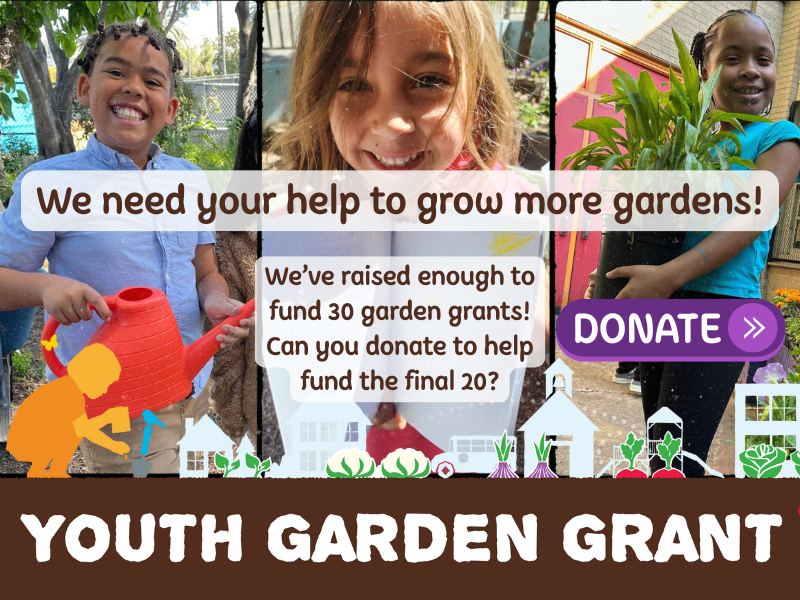Materials
- Clipboard and paper or notebook
- Pencil or alternate writing utensil
- Trowel
- Magnifying glass (optional)
- Detective’s hat (optional)
Instructions
Ecosystems are made up of a wide variety of living organisms that interact with each other and the non-living elements in their environment. When it comes to the variety of living organisms, the greater the diversity the better. Biodiversity (specifically referring to the diversity of living members of an ecosystem) is what makes natural communities sustainable. When conditions vary, at least some individuals will be able to adapt, survive, and reproduce while others may fail.
Encourage kids to become biodiversity detectives.* Visit a garden or local green space and hunt for the many different organisms that live there. Remind them of how to determine whether something is alive. Common characteristics of living things include that they:
- grow and develop
- reproduce
- breathe
- need food and water to survive
- adapt or respond to their environment
Using a piece of paper and clipboard or a notebook, ask students to search for the living things present in your chosen space. Before they begin, ask them to predict how many different kinds of living things they will find. Younger kids can simply make a tally mark for every new thing they see. Ask older kids to list the organisms they find or draw pictures. Some things kids may discover include: plants, insects, spiders, birds, mushrooms, small mammals, lizards, and frogs. To help their exploration, you may want to suggest they organize their search by layer. Here are some prompts:
- Begin by looking up for tall plants and flying organisms. They will find things like trees, birds, and flying insects.
- Next, lower your attention closer to eye level. They will be able to see shrubs and perennial plants. Do they see any nests or other creature homes? Look under leaves for insects of different kinds that may be hiding from you. If available, use a magnifying glass for a closer look.
- Continue by sitting or kneeling on the ground to view organisms living right above the soil. Are there any creatures hiding in leaf litter or under rocks? What about mushrooms or other fungi? Ants carrying food?
- Finally, use a trowel to dig a shallow hole and see if you can find signs of life in the soil. They may uncover earthworms, sow bugs, and earwigs. Again, if you have a magnifying glass, look for small creatures that may not be immediately noticeable. Also, share with them that there are organisms in the soil called microorganisms that are so tiny, they will not be able to see them without a microscope.
- Continue your search for as long as it is appropriate for the age and attention span of your young gardeners. When they’re done, have kids add up the number of different types of organisms they found. Ask them, Was it more than you were expecting? Talk about some of the roles each of the organisms play in your garden in green space. How are they connected to each other? Why are they all important? What would happen if any of them were missing?
* Want to add to the fun? Have kids find or make their own detective’s hat before beginning your search!



